In the world of precision measurement, the accuracy of a weighing scale is paramount. Whether it's for industrial applications, laboratory use, or even home fitness tracking, ensuring that your scale provides reliable readings is crucial. One common method for verifying and calibrating scales is the use of calibration weights. However, there are situations where these standard weights may not be readily available. This raises the question: what are the viable alternatives to calibration weights, and how can they be used effectively?
The Importance of Calibration
Calibration is the process of comparing the measurements of a device to a known standard to ensure accuracy. For weighing scales, this typically involves placing a known weight on the scale and adjusting the device until it displays the correct value. Calibration weights are manufactured to very precise tolerances, making them the gold standard for this purpose. However, not everyone has access to these specialized weights, especially in non-professional settings.
Common Household Alternatives
In the absence of calibration weights, everyday objects with known masses can serve as substitutes. For example, coins are often used because their weights are standardized. In the United States, a nickel weighs exactly 5 grams, making it a convenient option for small-scale calibration. Similarly, a liter of water weighs approximately one kilogram, providing a larger reference point. These alternatives, while not as precise as professional calibration weights, can still offer a reasonable degree of accuracy for casual use.
Limitations and Considerations
It's important to recognize the limitations of using alternatives for calibration. Household items may vary slightly in weight due to manufacturing tolerances or wear and tear. For instance, coins can accumulate dirt or degrade over time, affecting their mass. Additionally, environmental factors like temperature and humidity can influence the weight of materials like water. These variables mean that alternatives should only be used when professional calibration weights are unavailable, and the highest level of precision isn't critical.
Industrial and Professional Contexts
In professional or industrial settings, relying on alternatives for calibration is generally not recommended. Industries such as pharmaceuticals, aerospace, and food production require extremely precise measurements, often mandated by regulatory standards. In these cases, using certified calibration weights is non-negotiable. The potential consequences of inaccurate measurements—whether financial, legal, or safety-related—far outweigh the convenience of using alternatives.
DIY Calibration Techniques
For those who need to calibrate a scale without access to professional weights, there are a few techniques that can help improve accuracy. One method involves using multiple household items to cross-verify measurements. For example, if you use coins to calibrate a scale, you can combine several coins to check if the total weight matches the expected sum. This approach won't replace professional calibration, but it can help identify significant discrepancies.
When to Seek Professional Help
If your scale consistently provides inconsistent readings even after attempted calibration, it may be time to consult a professional. Scales can drift out of calibration due to mechanical wear, electronic issues, or environmental factors. Professional calibration services use traceable weights and follow standardized procedures to ensure your scale meets the required accuracy standards. This is especially important for businesses where measurement accuracy is tied to compliance or quality control.
Conclusion
While calibration weights are the ideal tool for ensuring the accuracy of weighing scales, there are practical alternatives for situations where these weights are unavailable. Household items like coins or water can serve as makeshift calibration tools, though they come with inherent limitations. For applications where precision is critical, investing in professional calibration services or certified weights is the best course of action. Understanding the trade-offs between convenience and accuracy will help you make informed decisions about maintaining your scale's reliability.

By /Jul 28, 2025

By /Jul 28, 2025

By /Jul 28, 2025

By /Jul 28, 2025

By /Jul 28, 2025
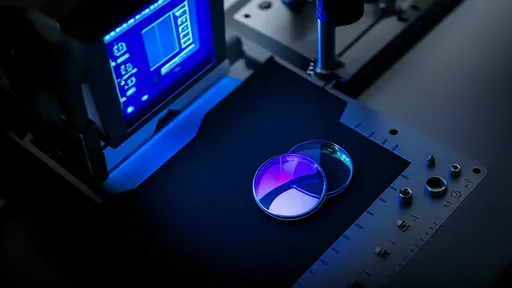
By /Jul 28, 2025
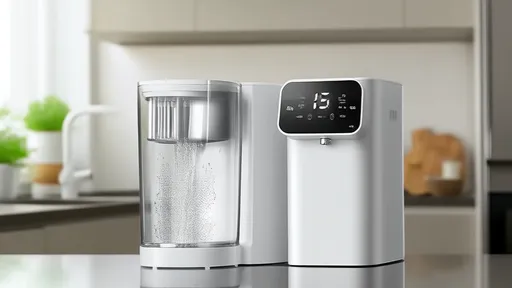
By /Jul 28, 2025
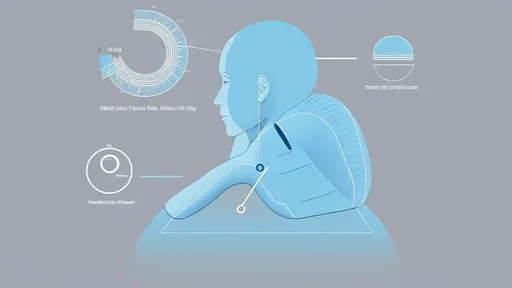
By /Jul 28, 2025

By /Jul 28, 2025
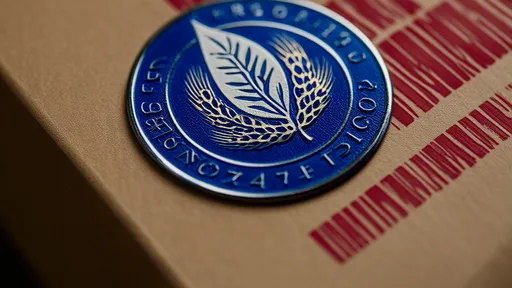
By /Jul 28, 2025
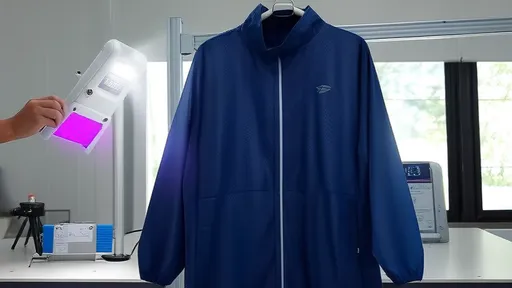
By /Jul 28, 2025

By /Jul 28, 2025
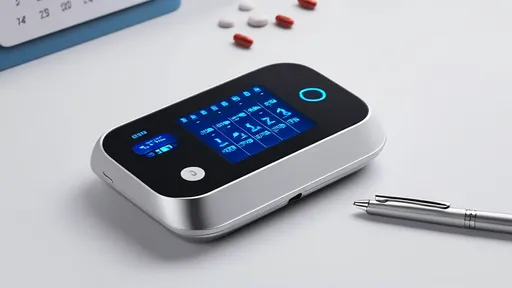
By /Jul 28, 2025

By /Jul 28, 2025
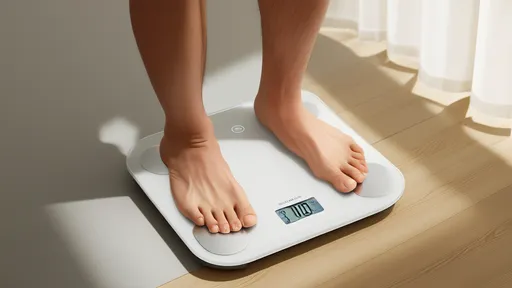
By /Jul 28, 2025

By /Jul 28, 2025

By /Jul 28, 2025
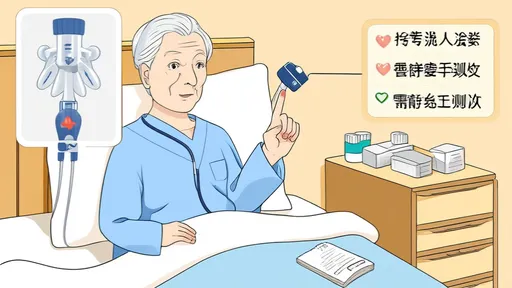
By /Jul 28, 2025